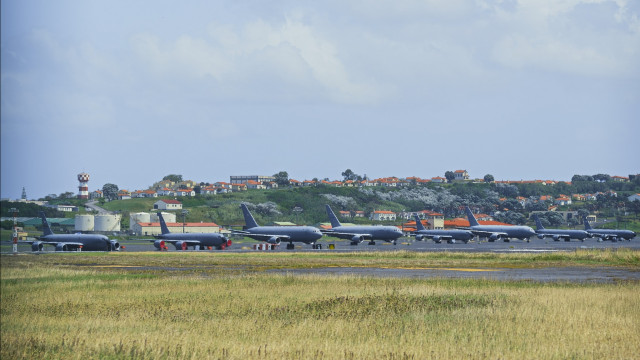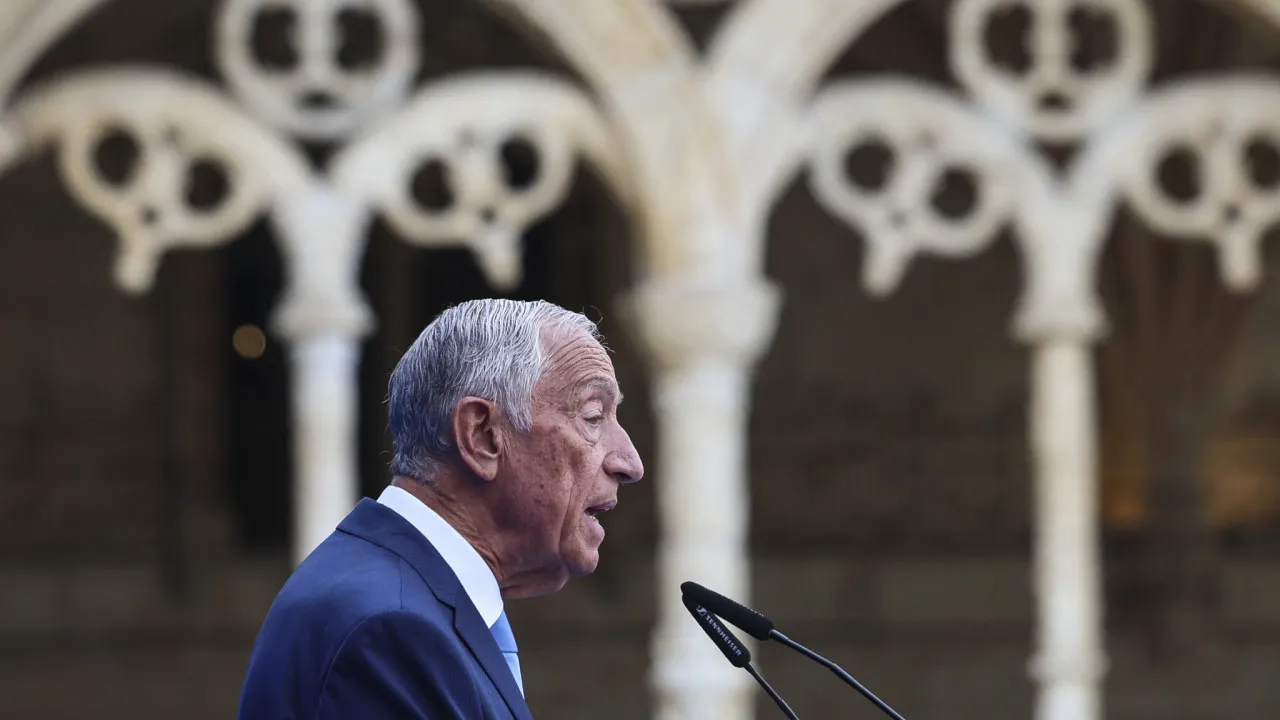
“I think it is extraordinary. Yesterday [Tuesday] we had the ratification of the GDP [Gross Domestic Product], which is 108% of the national average, and, obviously, this issue of the poverty risk needs to have its criteria reviewed because no one believes that,” remarked the government official.
Miguel Albuquerque spoke to journalists on the sidelines of a visit to the Empresa de Cervejas da Madeira, in the municipality of Câmara de Lobos, after being questioned about the “Portugal Social Balance 2024” report presented today in Lisbon, which lists Madeira as the second highest in poverty risk rate.
The regional government leader downplayed the findings, citing that Madeira’s GDP is above the national average and compared it to other islands with higher values.
“The Canary Islands have a higher poverty index than ours, Sardinia, everyone knows what Sardinia is, has a value higher than ours, Sicily too, so there is something there,” he stated.
“The risks of poverty do not relate to poverty; they are about the criteria used, and we cannot confuse this with what is the reality in each region,” he added.
The report indicates that the poverty risk rate (after social transfers) is the proportion of the population living with incomes below the poverty line, and that 16.6% of people were at risk of poverty in the country, a reduction of 0.4 percentage points compared to the previous year.
According to the report, Portugal has nearly 1.8 million people living in poverty, with a higher prevalence in the autonomous regions, where material and social deprivation and inequality values are also higher.
“The poverty rate is almost eight percentage points above the national average in the Azores, the region with the highest poverty rate in Portugal, and almost three percentage points above the national average in Madeira and the Setúbal Peninsula,” the document notes, mentioning, however, that the poverty rate in the autonomous regions decreased between 2023 and 2024.




